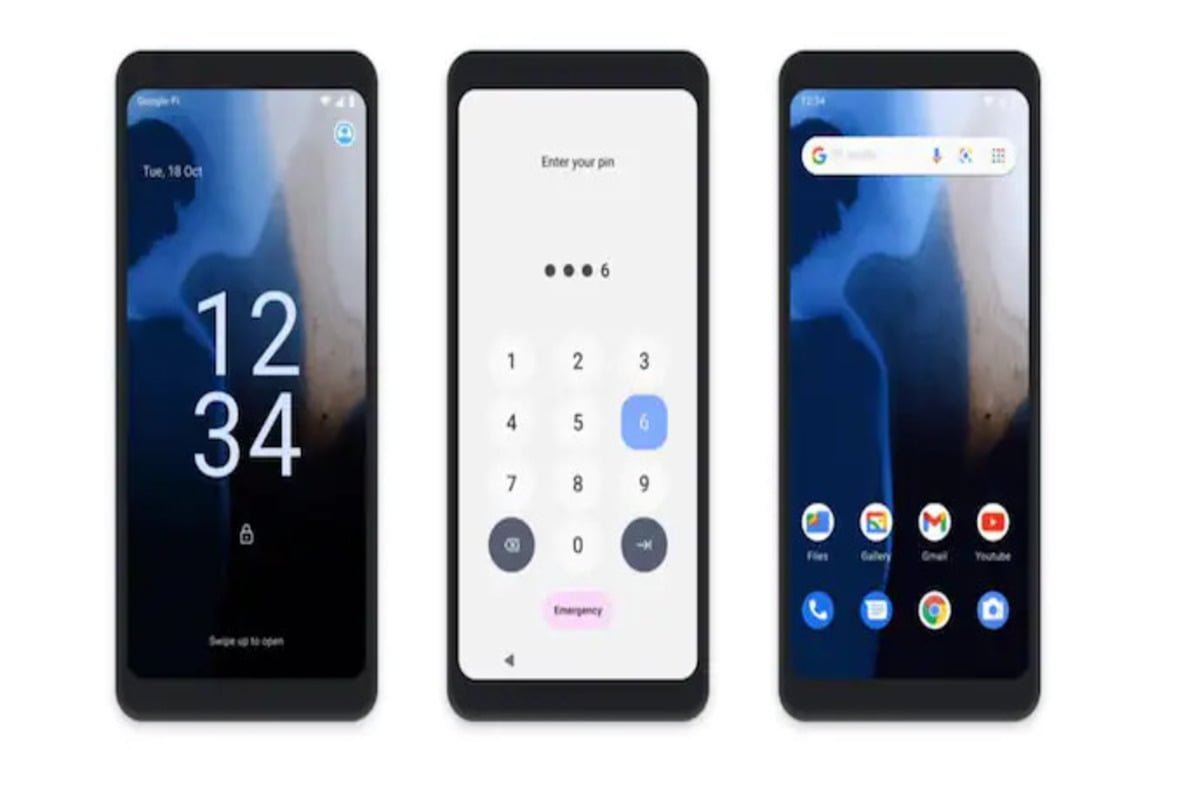
Google, an American search engine giant, has introduced the updated Android 13 Go edition for low-cost devices. The Go edition was released five years ago to assist manufacturers in producing inexpensive devices with specialised software. Only the necessary apps are present on the smartphone, thanks to this improved version of Android. For instance, Google's own apps, which can be rather heavy and include Gmail and Chrome, are designed to provide a better user experience.
Additional Information About Android 13’s Go Edition
Smartphones with up to 3GB of RAM frequently come with Android Go variants. Google claims that there are over 250 million active Android Go-powered devices every month in a blog post. It is bringing Google Play System Updates to Android Go-powered smartphones to make sure that devices can get essential software updates outside of the major Android release in order to aid consumers in staying secure online.
Additionally, Google is introducing "Material You" to compatible smartphones for the first time with Android 13 Go. Google's uniform design language, Material You, was first presented last year. The phone uses this capability to take colours from the backdrop and adjust app icons and text. For Go-powered smartphones, the update also adds some of the most important features of Android 13, like Notification Permissions, App Language Preferences, and more.
Google Discover is a significant addition to Android 13 Go. For those who enjoy reading news items, the feature might be very helpful. On the basis of your surfing history, it will effectively curate a list of news articles and other material. Users do have the choice to turn off the setting, though, in order to receive personalised content. Google and other smartphone OEMs have not yet made their rollout schedule announcements. In the upcoming weeks, we anticipate further information from the corporations. At the same time, Google is boldly replacing the word "Ad" next to the advertising that appears in search results with the word "Sponsored." Additionally, rather than being displayed next to the site URL, this label will appear in the line above the URL.















